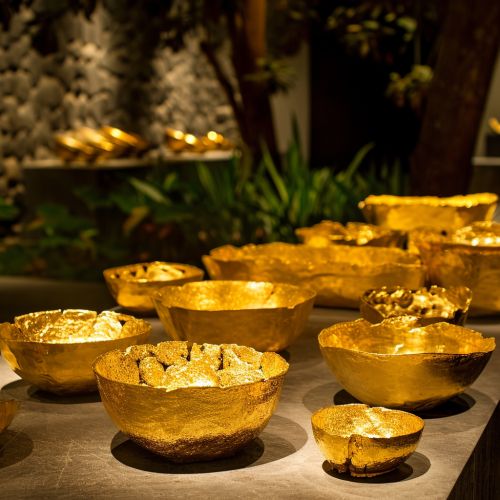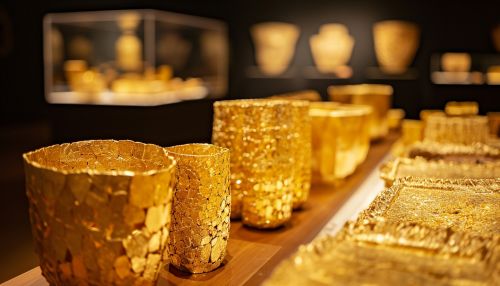Muisca
History
The Muisca were a pre-Columbian civilization that inhabited the central highlands of present-day Colombia. The civilization is known for its unique gold work, complex political organization, and advanced social structure. The Muisca were one of the four great civilizations of the Americas, along with the Inca, Maya, and Aztec civilizations.


The Muisca civilization emerged in the first millennium AD, but its origins can be traced back to earlier cultures in the region. The Muisca were primarily farmers, growing maize, potatoes, and other crops. They also mined and worked gold, which played a significant role in their society and religion.
The Muisca were organized into a confederation of rulers, known as caciques, who governed over different territories. This political structure allowed for a high degree of autonomy among the different Muisca groups, while also facilitating trade and diplomacy.
Society and Culture
Muisca society was hierarchical, with a clear division of labor and social roles. The caciques were the highest authority, followed by the nobility, warriors, merchants, and farmers. Women had significant roles in Muisca society, with some serving as cacicas and others as priests.
Religion played a central role in Muisca society. They believed in multiple gods, each associated with a natural element or human activity. The Muisca also practiced ancestor worship and believed in an afterlife.
The Muisca are perhaps best known for their gold work. They created intricate pieces of jewelry and religious artifacts, many of which have been preserved and are now displayed in museums around the world.
Decline and Legacy
The Muisca civilization began to decline in the 16th century with the arrival of Spanish conquistadors. Despite fierce resistance, the Muisca were eventually subjugated and their culture largely destroyed.
However, the legacy of the Muisca lives on today. Their influence can be seen in the culture and traditions of modern Colombia, and their gold work continues to be admired for its craftsmanship and beauty.
